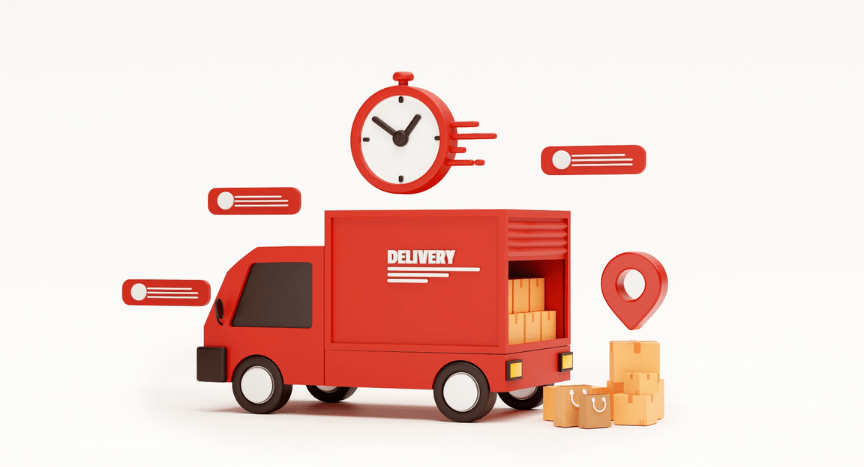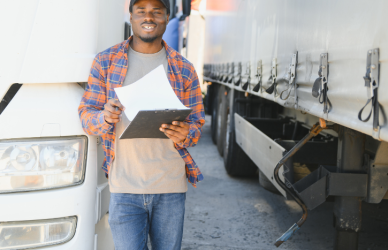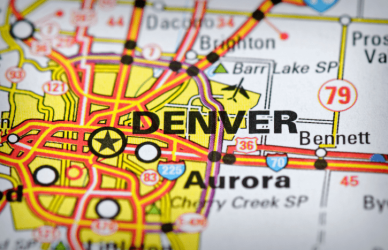Last-mile delivery, the final stretch of the supply chain before a package reaches its destination, continues to evolve rapidly as businesses adapt to growing customer demands. Companies are investing in technology, sustainability, and new service models to make that last step more efficient and reliable.
Industry experts point to several key developments shaping last-mile logistics in 2025:
1. Stronger focus on the last mile
Companies are giving greater attention to last-mile logistics as a way to stay competitive.
“This is an area that has businesses’ attention,” said Carl M. Briggs, clinical professor of operations and decision technologies at Indiana University’s Kelley School of Business. “Where businesses place their attention is what drives innovation, too, so we’re going to see a ton of it here.”
2. Accelerating delivery times
The push for faster shipping is only intensifying. Customers now expect one-day, same-day, or even within-the-hour delivery.
“Delivery is down to one day, and it’s now same day or within an hour, in some cases,” said Kyle D. Cattani, chairperson of the operations and decision technologies department at Indiana University’s Kelley School of Business.
3. Autonomous and automated delivery
Robotics, drones, and autonomous vehicles are becoming part of delivery pilots in select regions.
The shift toward automation has mostly been in warehouses and long-haul trucking, but testing is underway in the last mile, too. “The use of autonomous vehicles could become a bigger part of future delivery,” explained Nick McKeehan, managing director at Protiviti, a global consulting firm based in Menlo Park, California.
4. Greener delivery fleets
Companies are transitioning toward cleaner, more sustainable vehicles for deliveries.
“A greater portion of last-mile delivery vehicles are now electric or powered by natural gas, so they produce fewer emissions than conventional delivery vehicles powered by gasoline or diesel,” said Alison Ponder, managing director at FTI Consulting in Washington, D.C.
5. Greater delivery flexibility and visibility
Consumers want more say in when and where their packages arrive, and companies are responding.
Delivery choices are expanding beyond home or store pickup, and more technology is being deployed to track shipments in real time. “Customers are increasingly expecting companies to offer that visibility instead of only estimated delivery times,” Ponder noted.
6. Direct customer driver communication
Opening communication between drivers and customers is helping to prevent mistakes.
Some delivery apps already allow drivers to connect with recipients if there is confusion about drop-off locations. “For example, if a delivery worker is unsure which door is best for leaving a package, they can contact the customer and ask instead of potentially leaving the package at the wrong door,” Ponder explained.
5. Shared delivery networks
Collaboration between businesses, even competitors, is starting to take hold.
Companies are turning to technology to pool delivery resources in order to cut costs and improve efficiency. “This asset sharing will be more prevalent in middle-mile delivery, where the need is greatest, as many tractor-trailers today don’t carry full loads,” said Alan Amling, assistant professor of practice at the University of Tennessee Haslam College of Business’ Global Supply Chain Institute. “However, asset sharing will also extend to last-mile delivery, with platforms enabling companies to combine shipments so everyone involved can minimize costs.”
Source: Tech Target








